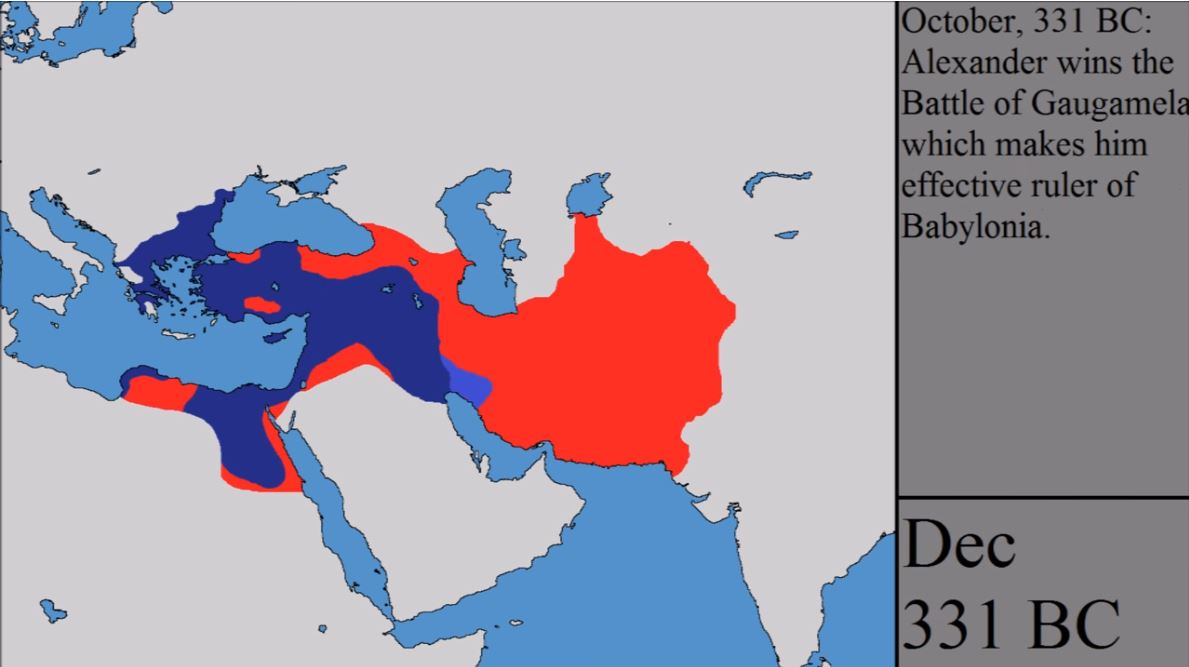

Alexander made an example of Thebes by totally destroying the city except for the temples and the home of Pindar, one of his favorite poets.Īfter destroying Thebes, Alexander moved on to Corinth, where he established himself as the new leader of the Corinthian League. Thebes resisted as Alexander's army advanced to the city.

In 335 BC, in the first year of his reign, Alexander was challenged by a rebellion in Thebes. Macedonia was ruled by an aristocracy who could afford the horses necessary to form a cavalry. Prince Alexander gains valuable military experience, as he leads his father's cavalry attack on the left flank at Chaeronea. Sparta would go on, but this was the end of Sparta as the dominant Greek city-state, and the end of its control over most of the Peloponnese. The Theban left of 50-men deep pushed the Spartan right, trampling men and killing the Spartan king. Epaminondas held the Theban right-side back, refusing to fight the Spartan left.

He also took no chances, forming his left side 50-men deep. Epaminondas placed his best soldiers on the left, guaranteeing that they would face the best Spartans. In the traditional formation, the best soldiers of one army would always face the weakest of the other. The Spartan phalanx at Leuctra was twelve men deep. The best men would form on the right side, or weak side, as a place of honor. As you remember, the Greeks fought in a phalanx, a solid block of men. Sparta and Thebes went to war over territory close to Thebes. The battle took place in Boeotia, near the city-state of Leuctra in July 371 BC.Įpaminondas, the Theban general, introduced a new fighting technique at Leuctra. Thebes, an ally of Sparta during the Peloponnesian War, became powerful after the conflict. Though Sparta was victorious, it was also weakened by this war. As you read in the last chapter, Sparta defeated Athens in 404 BC, ending the Peloponnesian War. To understand how the Kingdom of Macedonia dominated the Greek world, we need to first take a look at the Battle of Leuctra in 371 BC, between Sparta and Thebes. One man, Alexander, King of Macedonia, a Greek-speaker, is responsible for this blending of cultures. The Hellenic Age was the time when Greek culture was pure and unaffected by other cultures. The Hellenistic Age was a time when Greeks came in contact with outside people and their Hellenic, classic culture blended with cultures from Asia and Africa to create a blended culture. The word Hellenistic comes from the root word Hellas, which was the ancient Greek word for Greece. The Hellenistic Age 336-30 BC (from Alexander’s crowning to the death of Cleopatra) Alexander the Great and the Hellenistic Age


 0 kommentar(er)
0 kommentar(er)
